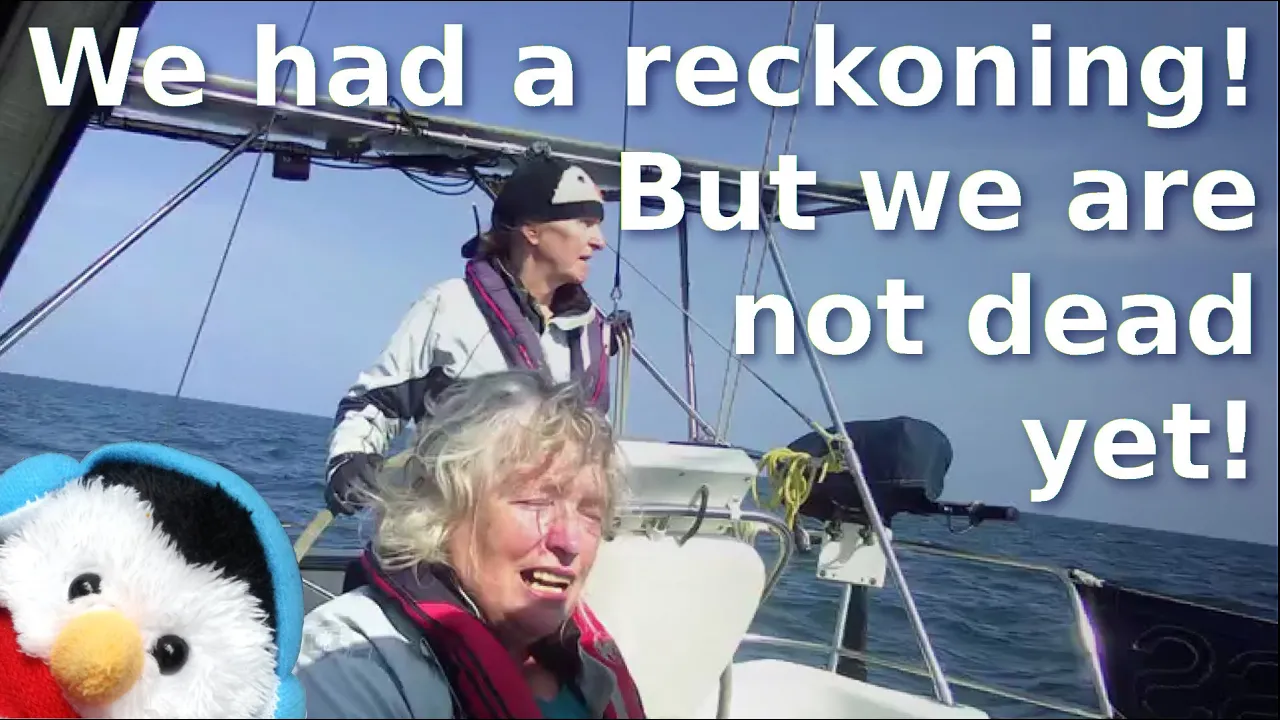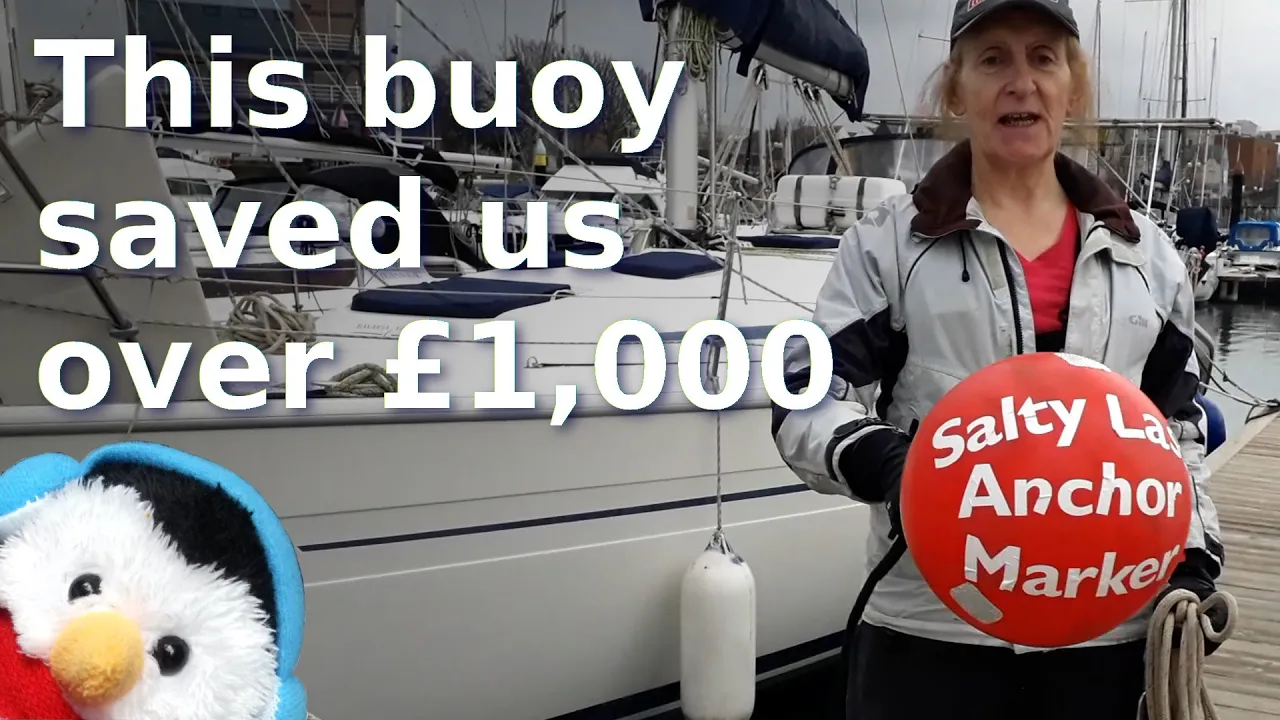Beverley and I are continuing to become better sailors by the simple procedure of going out into Belfast Lough and practising. In fact we had planned to go out and complete a basic triangle, but the winds died and we were drifting, so we aborted our idea for the sail and instead practised light wind sailing and other techniques. We even did some reefing while not heaved to. Of course we has problems, but that is a normal state of affairs on Salty Lass
Our plan was quite simple, it was to complete a triangle measuring 14nM with us starting at Carrickfergus, going over to Ballyholme bay, then up to Cloghan jetty and back again. So while Beverley added the points of the triangle onto the chart plotter, I created an entry in our log book, gathering all the information we would need, like the tides, weather reports etc. in the one place.
Setting up the lines
There are several ways in which you can prepare your lines for going off, and as it happened, we were employing all of the ones we know about on this particular trip.
- Preparing the line for slip - This is when you run a line from your boat, down to the cleat, around it and back again. This way you can pull on the line on board and it will slip around the cleat. We have used this method many times with only on incident, where the cleat on the pontoon had a rough edge and actually caught the rope, but having a burr on a cleat is very rare thankfully.
- Driving off the slip - With this method you need to put the lines on so that as you drive out of the slip then the line will drop off, This was the first time that we had used this method and if we ever use this method again then I would want a longer length of the rope as it kept the boat into the pontoon for longer than I would like. I thought that we were going to get a gouge in the side of Salty Lass, because we were in so close to the pontoon, but we didn't
- Throwing the line - This method only works if you are planning to return to the same slip, as you can simply throw the line onto the pontoon. We never use this method with a public pontoon, but the pontoon in question is only ever used by another yachtsman and if it was a problem for him, he would simply tidy the rope. This is what we do for him and its just an agreement that works for us.
Circling
Sometime we circle inside the marina where it is relatively calm, this just gives the person working on deck a safer environment to deal with the fenders and organise the lines
Dealing with small issues
While we were sailing we were faced with a series of small problems all of which we dealt with
- Lines getting caught - There are loads of reasons why you lines get caught and we dealt with quite a few on this trip
- Clamps down - The number of times we have not lifted the clamps is far too many, I think we might even need to add it to our check list
- Tied in bundles - We have some really nice rope tidies, but sometimes we forget to loose them off, so the line is all tangled tn the rope tidy
- Lines pulled back - this is when the line is in the cockpit. Pulling up the sail while also lifting up the reefing lines is hard, this is why we now pull the reefing lines into the bag prior to the sail
- Lines over the sail - This is what happened really early on, we try and make sure that the lines are below the sail, but we don't always get it right
- No wind to sail by - With our current sails, then we need a base line of at least 10knots of wind, so with only having 7-8 knots of wind then there is not enough to sail by. For us Belfast Lough is asymmetric, so while we had no wind on the south shore then the North shore had plenty, so we went North to find the wind. It did mean that our plan for the day was abandoned, but you need to learn how to adapt.
- Taking a side - If you are ever approaching an object and you can choose a side then always go for the side where you are on the down wind side so that you are pushed away fron danger rather than on to it
- Sailboats and schedules never meet - Trying to keep to a schedule with a sailboat is a mugs game, There are so many variables with the weather that it is impossible to keep to a schedule. The few times we have kept a schedule has put us in difficult situations, which were not pleasant
- Cord on the zip - This cord on the zip got caught in the rolling mechanism so it was time for the sharp knife to come to the rescue.
Going back into the marina
We decided to go in backwards to the slip as we were having guest the next day, so some tips are
- Fenders - Have fenders on the off side as a safety measure.
- Have a docking line - We made ours out of two clips and a rope, but it really helps to dock the boat
- Go nice and slow - Take your time, get it right
- High winds - Go forwards into the slip, it is easier













